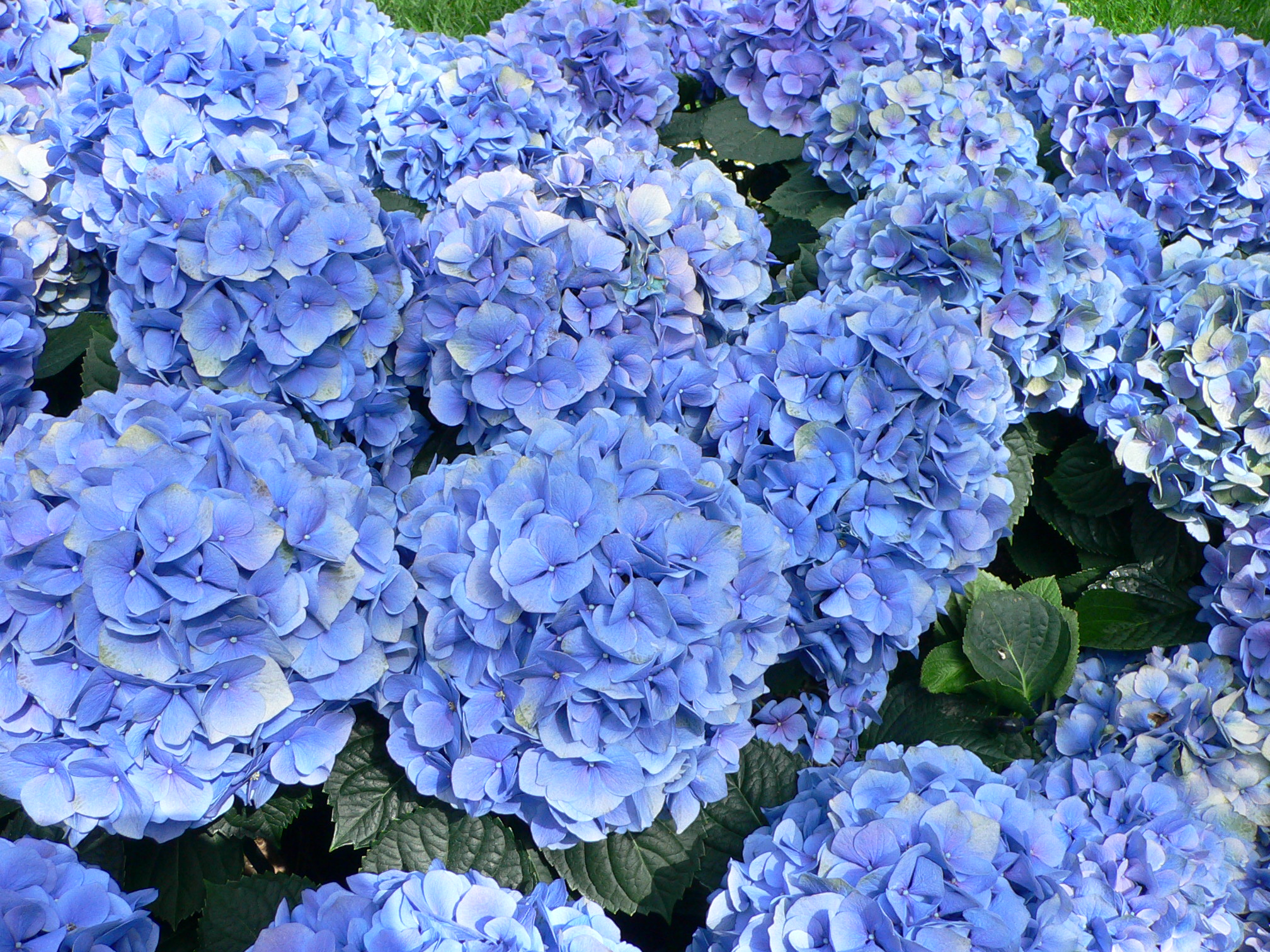Woolf made Clarissa very realistic for me because I got to experience multiple parts of her personality. With Howie in The Mezzanine, I was getting one person's point of view of Howie as a person, so I felt like I didn't get the whole picture. Clarissa was described by a multitude of characters in Mrs. Dalloway in addition to herself, giving me a more balanced view of Clarissa. However, the biggest aspect that drew me into Clarissa's character is her flaws.
Clarissa's flaws are mentioned throughout the book by herself and other characters. Not only her old age, but her physical oldness as well.
"“Peter! Peter!” cried Clarissa, following him out on to the landing. “My party to-night! Remember my party to-night!” she cried, having to raise her voice against the roar of the open air, and, overwhelmed by the traffic and the sound of all the clocks striking, her voice crying “Remember my party to-night!” sounded frail and thin and very far away as Peter Walsh shut the door." (54)
Clarissa's physical descriptions by many different people, especially in the very beginning of the book as she was observed by Scrope Purvis, gives me a clear image of Clarissa's physical image.
"A charming woman, Scrope Purvis thought her (knowing her as one does know people who live next door to one in Westminster); a touch of the bird about her, of the jay, blue-green, light, vivacious, though she was over fifty, and grown very white since her illness. There she perched, never seeing him, waiting to cross, very upright."(6)
Howie gives us fleeting descriptions of his appearance. I know he has a beard and is middle aged, but other than that I'm not sure how he looks like (I assume he looks like Nicholson Baker).
Another one of Clarissa's flaws is that she lives in the past, regretting her momentous decisions that she made at Bourton, or imagining what her life could have been if she had married Peter Walsh instead of Richard. Clarissa is also often described as being shallow and superficial, especially by Peter, who is critical of her tendency to throw many useless parties. Clarissa seems to have real life problems, while Howie seems to be in his own world, and not in any real trouble. Most of the time, readers don't care for a character like that.
Finally, Clarissa is caught in a social web that is laced with relationships and complicated people. With Peter, Richard, and Sally, Clarissa has a romantic history. With Kilman, an uneasy one. But Howie's interactions with his lunch-bound co-workers and shop check-out workers seem insubstantial in comparison. He briefly interacts with other people, and therefore he seems unrealistically shut-out of the world. Because Howie isn't described by other people in his world, I don't know how he actually looks like. And I'm not sure I can trust Howie's opinion of himself (if he even has one). In Mrs. Dalloway, I'm bombarded with images and perceptions of Clarissa that are realistically complex, making her a very convincing character.

